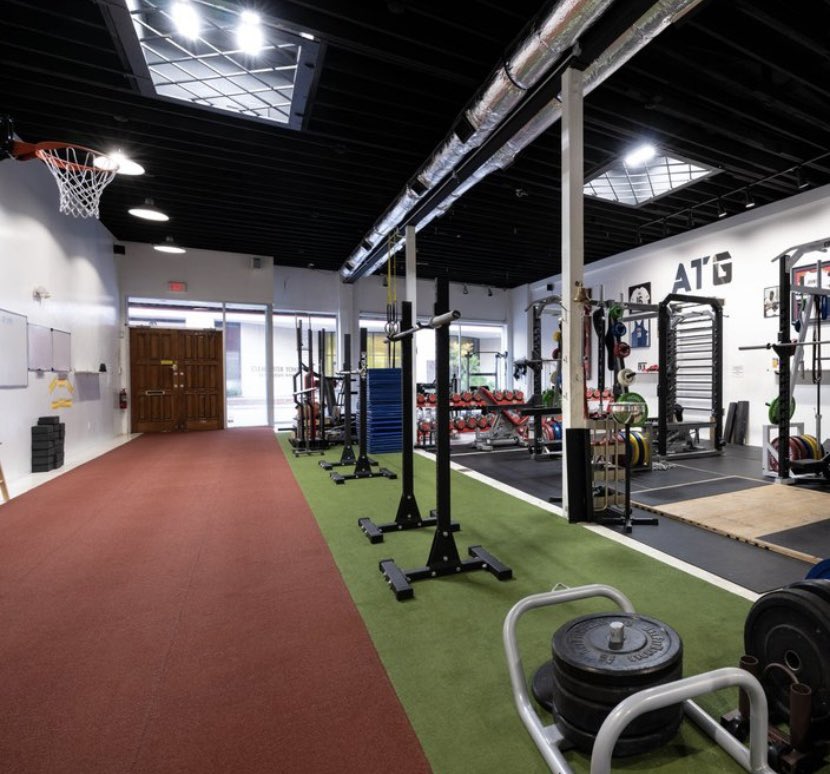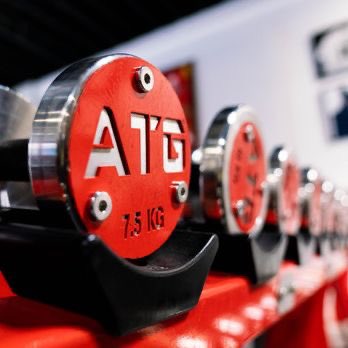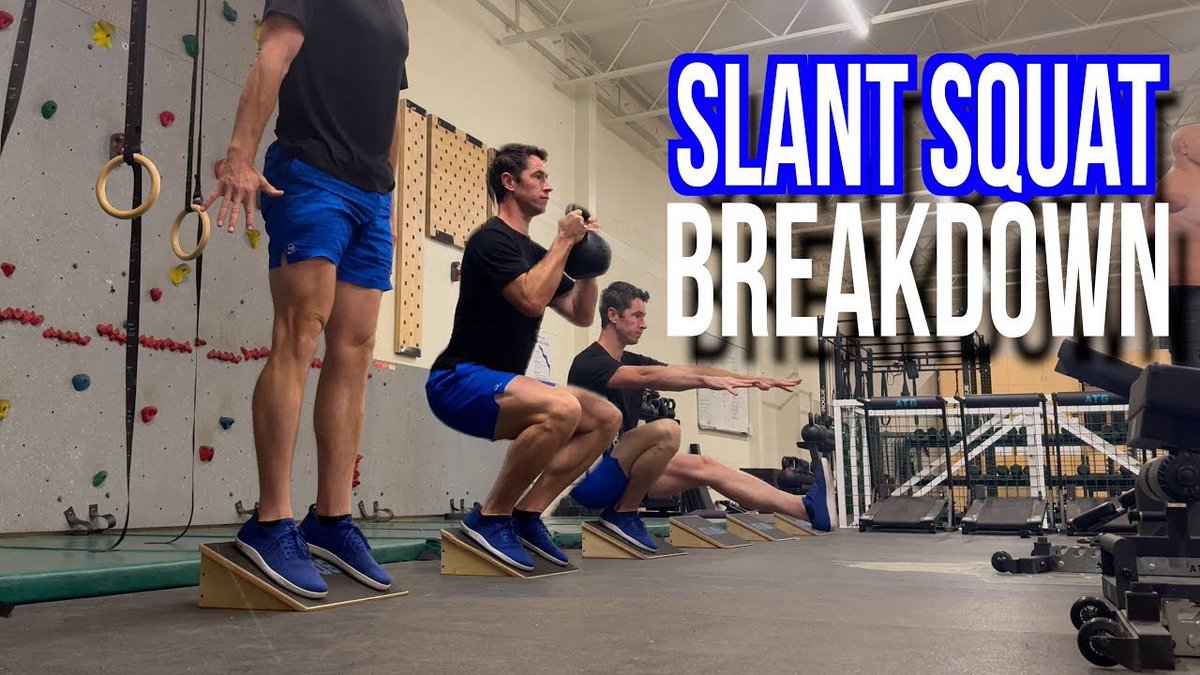Full Side & Front Split Squats Tutorial
1/7. Intro
After 15 years of practice and coaching, I think strength through flexibility is one of the best investments you can make for a resilient body, and in this thread I’ll do my best to show you how to start and then progress…
1/7. Intro
After 15 years of practice and coaching, I think strength through flexibility is one of the best investments you can make for a resilient body, and in this thread I’ll do my best to show you how to start and then progress…
2/7. Full Side Split Squat Intro
This exercise is usually called a “Cossack Squat” after an Eastern European group called the Cossacks, who used a similar position in their traditional dance.

This exercise is usually called a “Cossack Squat” after an Eastern European group called the Cossacks, who used a similar position in their traditional dance.

3/7. Full Front Split Squat Intro
This exercise didn’t get a name.
It was first taught by legendary strength coach Charles Poliquin, who used it to help make many Olympic gold medals.
He inspired me and my gym called “ATG” (ass to grass), so we often say “ATG split squat.”



This exercise didn’t get a name.
It was first taught by legendary strength coach Charles Poliquin, who used it to help make many Olympic gold medals.
He inspired me and my gym called “ATG” (ass to grass), so we often say “ATG split squat.”



4/7. How to Start
For both exercises, elevating and assisting can help you get in position and start grooving into your mobility!
For both exercises, elevating and assisting can help you get in position and start grooving into your mobility!
5/7. How to Progress
As you’re pain-free and feeling good, you can work lower and to less assistance.
As you’re pain-free and feeling good, you can work lower and to less assistance.
• • •
Missing some Tweet in this thread? You can try to
force a refresh





